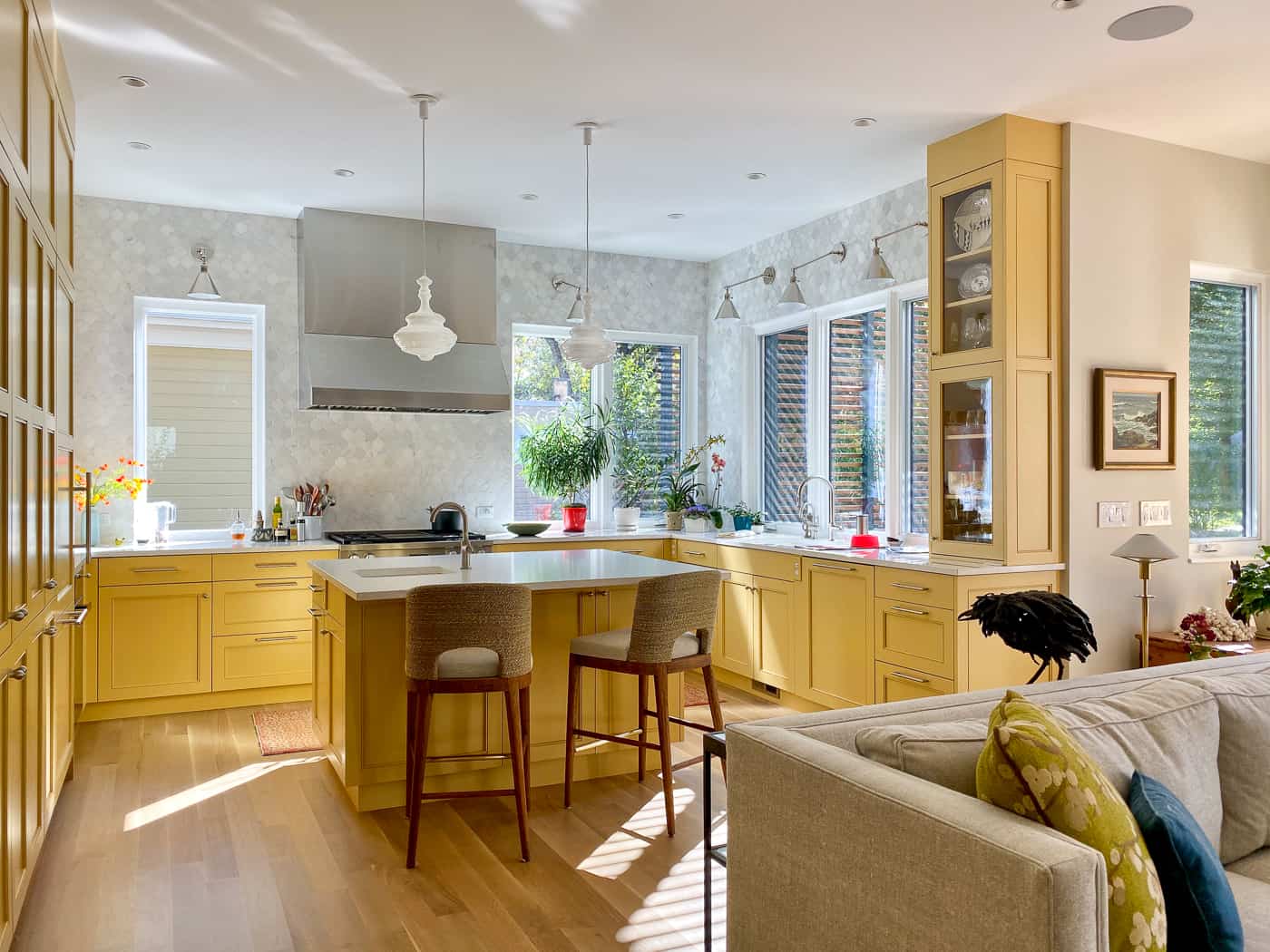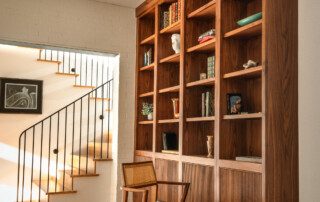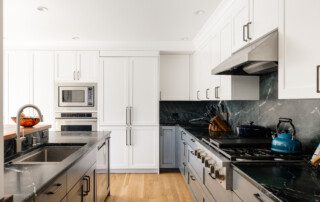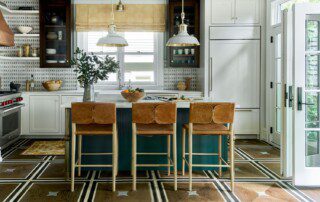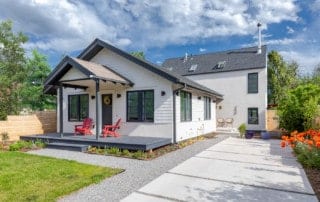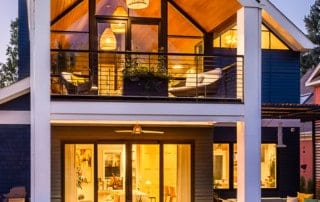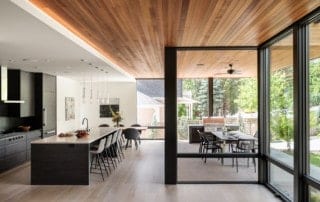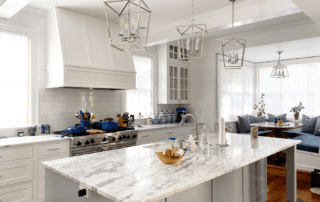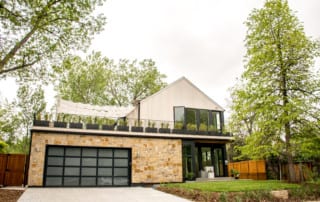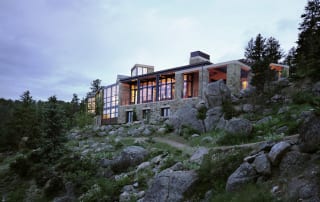Climate Conscious Building Guide
Scientia potentia est:
Knowledge is Power.
– Sir Francis Bacon, 1561 – 1626, English philosopher, statesman, and scientist
We started building sustainable, resilient homes in 1995 before green building was “trending.” For us, it’s the only way we’d consider building and why Jeff Hindman founded Cottonwood in the first place. In our experience building hundreds of custom homes along Front Range Colorado and the foothills, we’ve learned a lot. We hope that by sharing it with you, we can make your journey to build a green home simpler.
Reasons to consider building a green home:
(and things to talk to your design/construction team about!)
So, there you have it! Sustainable homes are a true win-win-win with lasting benefits, ranging from the environment to your health and wallet.
Where to start
if you’re looking to build or remodel a sustainable home:
Assemble an aligned, knowledgeable team!
- Homebuilding is a unique endeavor in our modern world! Try to think of another thing that is still handbuilt, requires collaboration from many local companies, and takes months to complete… Not so easy, right?
- To build a truly green home, you have to consider the process holistically, from design to completion. If you don’t, it’s like building an almost watertight canoe. Close, but it’s not going to get you where you want to go.
- From your architect and designer to your general contractor, make sure that everyone actively involved in your project knows that sustainability is one of your “must-haves.” Don’t be afraid to ask them lots of questions when you’re deciding if they’re the right partner for your project. The sustainable home benefits list (above) is a great starting point – ask them about their stance and experience on those topics and, most importantly, how they’d apply their experience to your specific home.
Consider sustainability when making design choices!
- With every design and decor decision, ask yourself:
- Will this selection withstand the test of time? Is it so trendy that it will be outdated and need to be updated in a few years? Will it withstand your family’s standard wear and tear? Aim for timeless, durable pieces.
- Does this selection work with or against my desire for a healthy home? For example, an air-tight, well-ventilated home that is designed to deliver clean indoor air is quickly sabotaged if the home’s furniture and materials off-gas VOCs and other respiratory irritants. The whole is only as good as the sum of its parts.
Process, process, process – the journey matters!
- We believe that climate-conscious building isn’t just about the result (a gorgeous, high-performing home). How you get there is critically important, too!
- Here are some of the things we focus on:
- Reducing, reusing, and recycling, even when it isn’t easy or convenient! We’re tremendously proud that our deconstruction techniques typically divert 75-85% of the materials from the landfill. How do we do this? Learn about it here!
- Connecting with other sustainability-focused businesses and organizations. We learn so much through our memberships in the GFDA, Colorado Green Building Guild, and others. There’s no reason for all of us to figure it out alone; together, we can evolve our processes so much faster.
- Getting it right the first time. Mistakes (and the corresponding wasted time and materials) are expensive and unsustainable. This is especially true for your home’s foundation and building envelope – you can’t quickly go back to fix or improve them later. It’s worth slowing down and getting the details right the first time.
- Sourcing materials thoughtfully. We like to say, “10 years ago, you could order bamboo flooring from China and call it sustainable. Today, we know better.” There’s no “easy” button to building green; no single solution or formula. What is a sustainable choice for one location may not be for another, which brings it back to our first point – assemble a knowledgeable team to guide you!
As our community begins to rebuild from the Marshall Fire, we’re here to share our insight.
Have more questions? We’re here for you – reach out.



